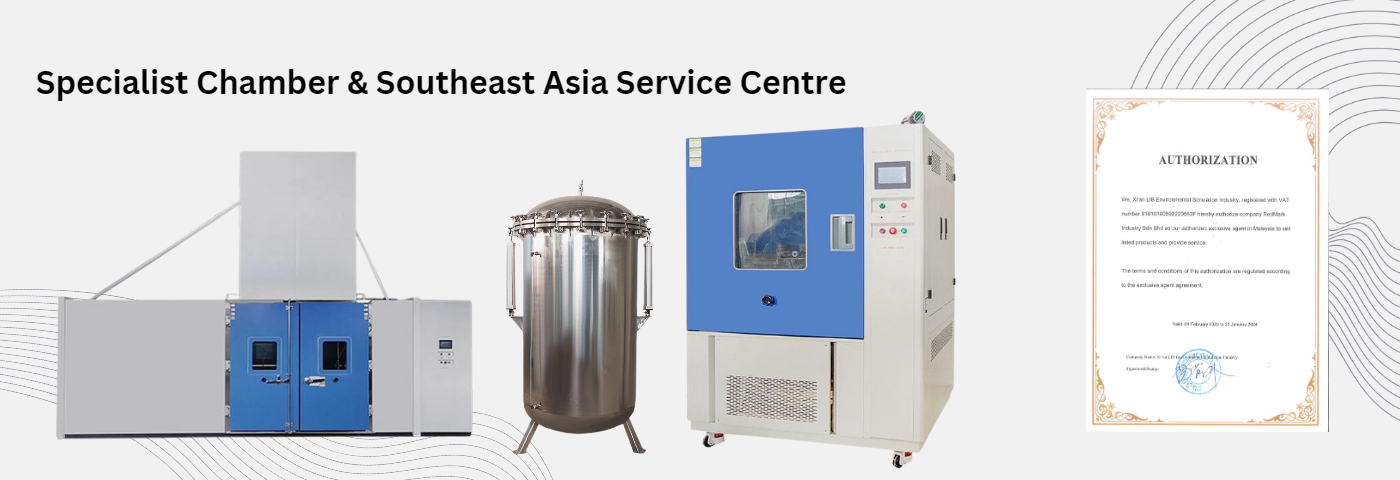- Color & Coating
- Environmental Testing Systems
- Temperature Humidity Chamber
- Ozone , Dust , Rain & Noxious Gas Chamber
- Accelerated Weathering Test Chamber
- Salt Spray Test Chamber
- Drying Oven
- Digital Thermometer
- Digital Temperature & Humidity Meter
- Infrared Thermometer
- Moisture Meter
- Anemometer
- Light Meter
- Sound Level Meter
- Particle Counter
- Vibration Machine
- Gas Detector
- Heater
- Others
- View All
- Material Testing
- Universal Testing Machine
- Charpy Pendulum Impact Tester
- BenchTop Hardness Tester
- Ultrasonic Thickness Gauge
- Portable Hardness Tester
- Shore Rubber & Plastic Hardness Tester
- Surface Roughness Tester
- Ultrasonic Flaw Detector
- Melt Flow Rate Meter (MFI)
- Sample Preparation Machine
- Asphalt & Bitument Testing
- Heat Stress Metter
- Precise Measurement Solution Provider
- Rheometer
- View All
- Metrology Measuring System
- Portable Measuring & Testing Instruments
- Weighing & Metal Detection System
- Electronic & Electrical Testing Equipments
- Lab & Scientific Equipments
- Equipments for Food & Beverage Packaging
- Hot Wire Bottle Cutter
- Vacuum Leak Tester
- Pressure or Vacuum Gauge
- Secure Seal Analyzer
- CO2 Easy / CO2 Easy-DCO2 Measuring Device
- Burn Test
- Can And End Testing Equipments
- CO2 Measure
- Crown Cap Measure & Test
- Cutting Packaging
- Dimensional Measure
- Filtering
- Force Measure/Compresion/Dynamometers
- Stress Aplication
- Torque Measure
- Others
- View All
- Electric Vehicle Equipment
- Ion Fan
- Microscope
- Service Maintenance & Calibration
- Others
Redmark Industry Sdn Bhd
141-2, Jalan Radin Bagus, Bandar Baru Sri Petaling, 57000 Kuala Lumpur, Malaysia.
+6012-499 2103
Redmark Industry (Penang)
Sdn Bhd
7206, Mez Floor, Kompleks Perniagaan Pangsapuri Seri Cemerlang, Jalan Kampung Paya, Kampung Paya, 12200 Butterworth, Penang, Malaysia.
chuin@redmarkindustry.com
Sea Water Immersion Test
| Previous | 1 / 14 | Next |
Sea Water Immersion Test
Test Standard: GB/T 31467.3-2015
A) The test specimen is a battery pack or system.
B) At room temperature, the test specimen is connected to the wiring harness of the whole vehicle in the actual vehicle assembly state, and then placed in the 3.5% NACL solution (mass fraction, seawater composition at room temperature) for 2h in the actual vehicle assembly direction. The water must be deep enough to submerge the test specimen
Test Standard: IEC 60068-2-52
1. The sample should be subjected to visual inspection, electrical and mechanical inspection in accordance with the relevant regulations before testing.
2. The relevant specifications should expatiate the procedures before cleaning the sample, and should state whether to remove the temporary protective layer.
3. Place the test piece in a salt spray cabinet and keep it for 2 hours under the test conditions of 15~35°C temperature and 5% salt spray concentration.
4. After spraying, move the test specimen into a humidity cabinet with 40¡æ and 93% relative humidity rapidly (try to avoid the loss of salt water during moving), and perform humidity storage according to the specified residence time.
5. Repeat steps (3) and (4) of the program according to the specified number of cycles.
6. The relevant specifications should state whether to clean the specimen after the test. If it needs to be cleaned, place the test piece under the faucet for 5 minutes and wash it with distilled water or mineral water. Then shake it with bare hands or use a blower to dehydrate. Dry for 1 hour at a temperature of 55±2¡æ, and the water used for cleaning should not be higher than 35¡æ.
7. Place the test specimen under standard atmospheric conditions (approximately 1-2 hours), restore it to its original state. However, visual, electrical and mechanical inspections must be checked out before and after the restoration.
[Test Condition]
Salt spray fog
Test Standard: GB/T 31467.3-2015 Clause11
A) The test specimen is a battery pack or system.
B) According to GB/T2423.18 severity degree 5 performed 4 test cycle.
C) The salt solution adopts sodium chloride (chemically pure, analytically pure) and distilled water or deionization device, and its concentration is (5±0.1)% (mass fraction). The pH value measured is between 6.5 and 7.2 at (20±2)¡æ.
D) Put the test specimen into the salt spray chamber, spray salt spray for 2h at 15¡æ~35¡æ, after spraying, move the test specimen to the damp heat chamber for 20h~22h, the temperature is (40±2)¡æ, relative Humidity is (93±3)%, form a cycle, repeat this cycle for 3 times, and then store for 3D under test standard atmospheric conditions (temperature is 23±2¡æ, relative humidity is 45%~55%) to form a cycle. Repeat the test for 4 cycles.
Salt spray test, operating, exterior
| Operating mode of DUT | During spray phase: Intermitting between 1h operating mode II.a and 1h operating mode II.c. |
| During test phase: Operating mode II.a | |
| Test temperature | 35¡æ |
| Test cycle | Each test cycle consists of an 8h spray phase and a 4h rest phase |
| Number of test cycles | For components in the underbody/engine compartment: 12 cycles |
| For other components: 8 cycles | |
| Number of DUTs | 6 |
When performing the test, the installation position of the component in the vehicle sjhall be simulated.

Salt spray test, operating, exterior
| Operating mode of DUT | During spray phase: Intermitting between 55h operating mode II.a and 5min operating mode II.c |
| During rest phase: Operating mode II.a | |
| Test temperature | 35 ¡æ |
| Test cycle | Each test cycle consists of an 8h spray phase and a 4h rest phase |
| Number of test cycles | 2 |
| Number of DUTs | 6 |
When performing the test, the installation position of the component in the vehicle shall be simulated. The test setup (installation position, covers, trim, situation during operation) shall be recommended by the contractor, coordinated with the client and documented.






